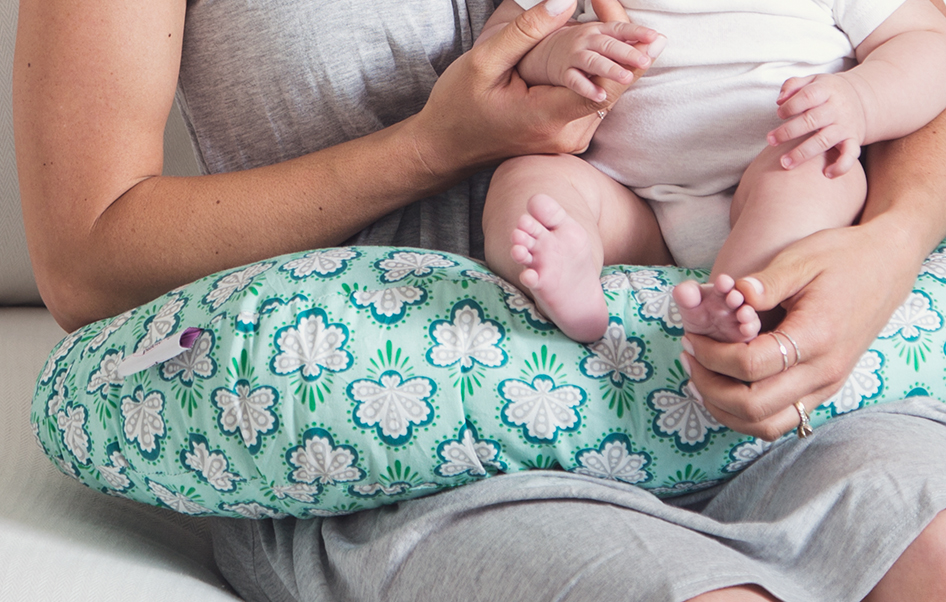Uncategorized
What occurs to breast milk at a milk financial institution?
by Joyce Slaton posted in Products & Prizes It’s pretty easy to find information on donating breast milk. If you have an oversupply that you’d like to donate, chances are your state’s bank has a site that explains exactly how to become a donor (your doctor’s approval, paperwork, and a blood test is involved), and… Read more »
Joyce Slaton
posted in Products & Prizes
It’s fairly straightforward to seek out data on donating breast milk. If you might have an oversupply that you just’d wish to donate, chances are high your state’s financial institution has a website that explains precisely the best way to change into a donor (your physician’s approval, paperwork, and a blood take a look at is concerned), and the best way to safely get your donations to the financial institution (suppose: freezer).
But what occurs between the time your milk will get to the financial institution and when it is being fed to a hungry child? What processes do milk banks undergo to verify the milk is secure? And how does it get from the financial institution to the infants who want it?
We spoke with Katherine Wood, the Program Director of Mothers’ Milk Bank of Alabama in Birmingham, who defined the method to us.

1. Milk supply: After potential donors are fastidiously screened and have a blood take a look at to test for HIV, syphilis, hepatitis, and human T-lymphotropic virus (HTLV), they’re given directions on the best way to cross donations on to the financial institution.
In the case of the Mothers’ Milk Bank of Alabama, Wood says “We have depots across the state, and moms drop off their donations at the depot local to them, and the depot ships to us. If they’re not local, we pay for the milk to be shipped to us.” Since milk is perishable, it is despatched frozen and overnighted in an insulated field.
Most donors are mothers who merely have an oversupply, says Wood, or who uncover their baby has a milk protein allergy and can’t breastfeed. But some donors are moms who’ve misplaced a baby, and who proceed to pump with a purpose to assist different households.
2. Pooling: After the milk financial institution receives the milk, it blends collectively donations from three to 10 different donors to homogenize it in batches of about 100 ounces. Why? “Milk is for a child of a specific age,” says Wood. “One donor might have a 3-month-old, one might have an 8-month-old. We’re aiming for a consistent calorie count.”
This work, and the subsequent step, bottling, is usually performed proper on the milk financial institution: “The good thing about breast milk as opposed to milk from a cow is that it’s small batches — we don’t need a lot of space.” At Mothers’ Milk Bank, Wood says, “we turned an old break room into a pasteurization lab.”

three. Bottling and pasteurization: After the milk has been blended collectively, it is time to put it in bottles. “We strain it, we pour the milk into 100-milliliter bottles, and then we put them in a shaking water bath,” says Wood. “There’s a tester bottle in the middle that has a temperature probe in it [for pasteurization].”
Why pasteurize? So that there isn’t any likelihood of an infectious illness being transmitted via the milk. Mothers’ Milk Bank of Alabama makes use of the Holder technique of pasteurization — the milk must be stored at 62.5 levels celsius for a half hour to “kill off viruses while keeping the most integrity in your milk,” as Wood places it.

four. Testing: After the milk has been pasteurized, it is time to ship it out to the lab for testing. Mostly, says Wood, the lab is searching for the bacillus micro organism. Lab technicians put the milk on an agar plate — a Petri dish that incorporates a progress medium (normally agar plus vitamins) to tradition microorganisms — and let the milk sit for 2 days. After that, technicians test for bacterial progress.
“Bacillus is heat-activated,” says Wood, “so once the milk has been in the hot water bath, if there’s bacillus, it will grow.”
If bacillus is detected, your entire batch of milk is discarded. If not, the milk comes again to the milk financial institution.
5. Distribution: After all these steps, it is time to get the donated, screened, examined milk to hospitals, the place it is given to infants in want.
“Hospitals order differing amounts. For smaller hospitals, they may order based on their current census (for specific babies). Larger hospitals can predict better how much they will need and will order for future deliveries,” says Wood.

The milk does not should be prescribed on the hospital. “Once it goes to the hospital, it is up to that hospital’s protocol to determine who receives the milk. Outpatient milk, or milk that goes to babies out of the hospital, does need either a physician or nurse practitioner prescription. Either the baby or the mother need to demonstrate a medical need for the milk, but it can be as simple as ‘maternal insufficiency,'” says Wood.
Moms do not even should be at a hospital to purchase donor milk, says Wood, however Mothers’ Milk Bank of Alabama hardly ever sells straight to oldsters, as a result of they prioritize getting milk to critically ailing preterm infants, and that normally soaks up the provision. But bigger banks are generally in a position to promote on to shoppers, and hospitals generally have a provide of “compassionate use” milk for girls and infants who want it however who do not match into the classes that get milk financial institution precedence.
What infants are prioritized? Mothers’ Milk Bank of Austin spells out widespread causes infants want donor milk:
* Preterm delivery
* Failure to thrive
* Malabsorption syndromes
* Allergies
* Feeding/components intolerance
* Immunologic deficiencies
* Post-operative vitamin
* Infectious ailments
Wood additionally notes that the Mothers’ Milk Bank of Alabama is a non-profit milk financial institution that is a part of the Human Milk Banking Association of North America, the skilled group for non-profit milk banks within the U.S. and Canada. There are for-profit milk banks that comply with totally different practices and are set as much as promote straight to oldsters — although they might require a physician’s prescription for orders.
All photos courtesy Mothers’ Milk Bank of Alabama





You must be logged in to post a comment Login